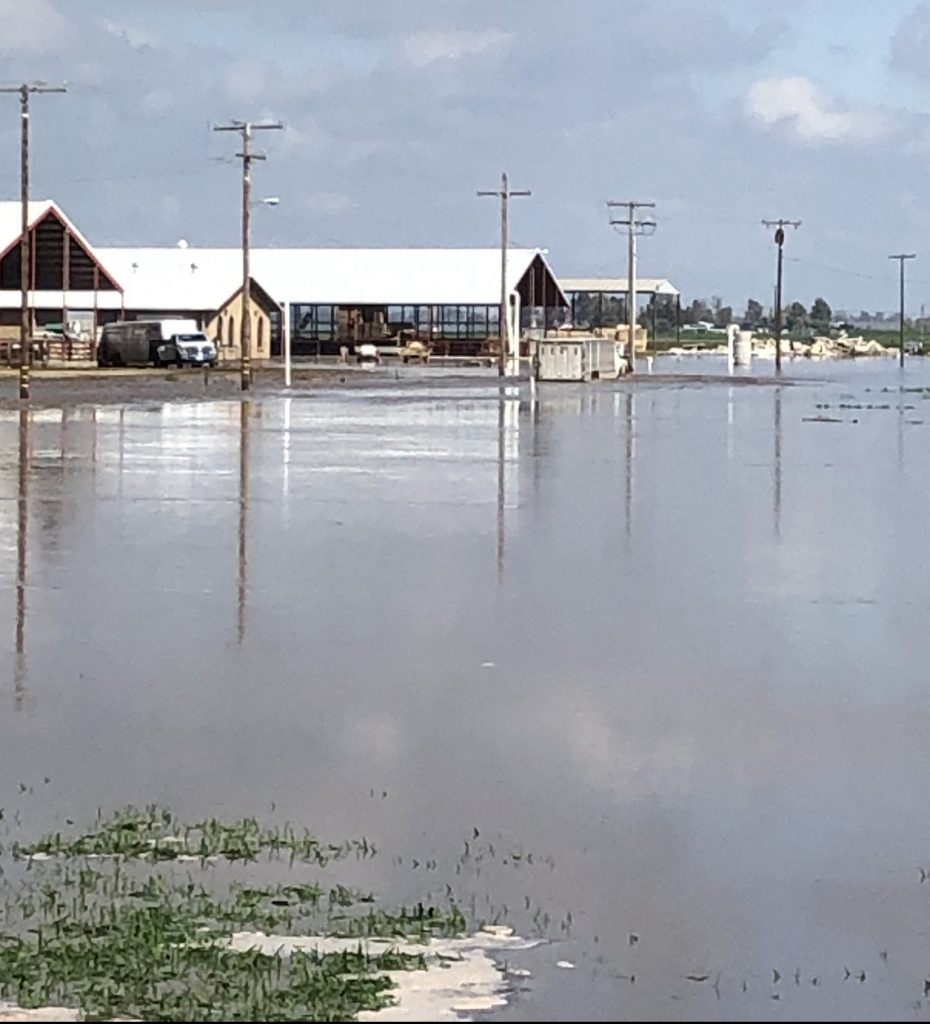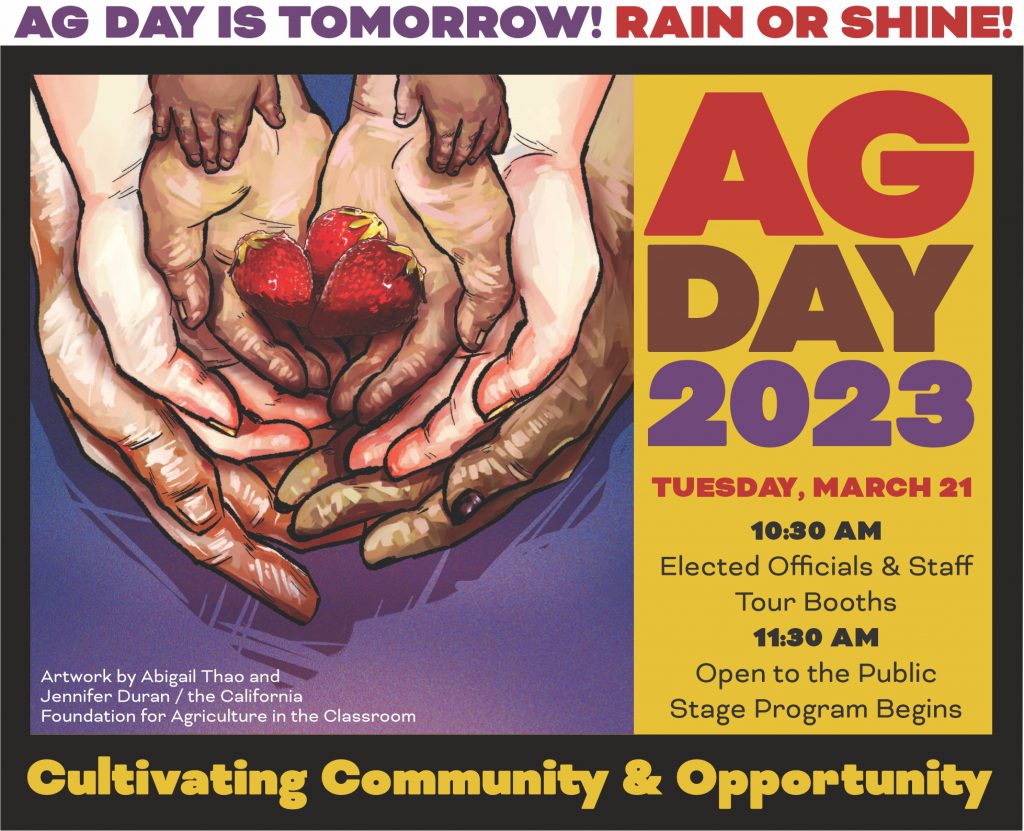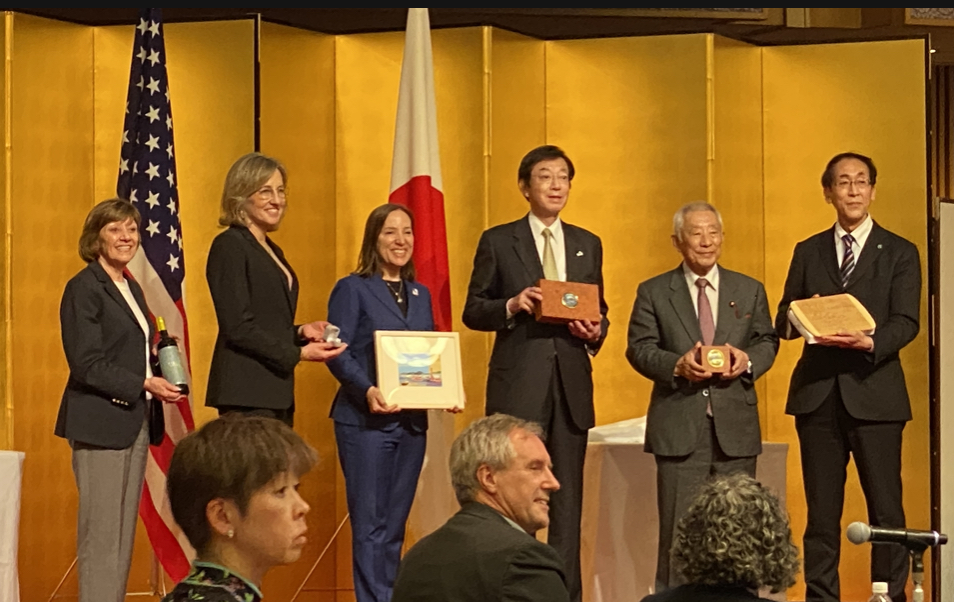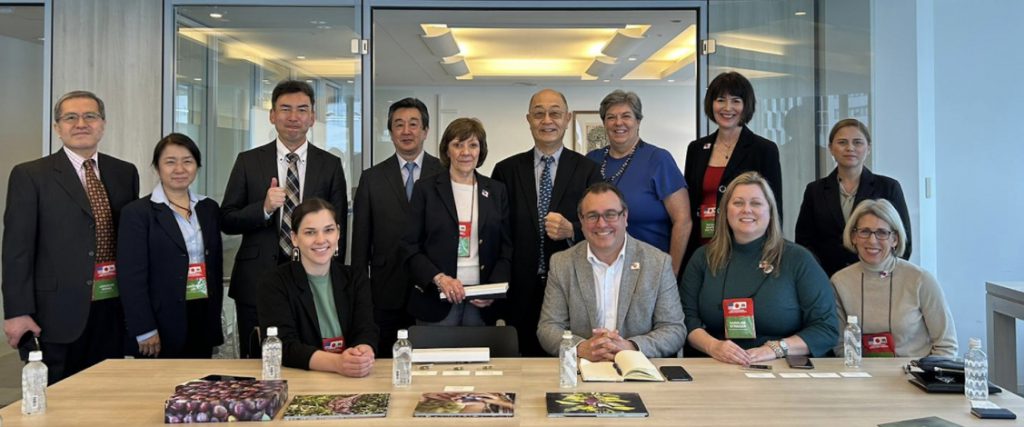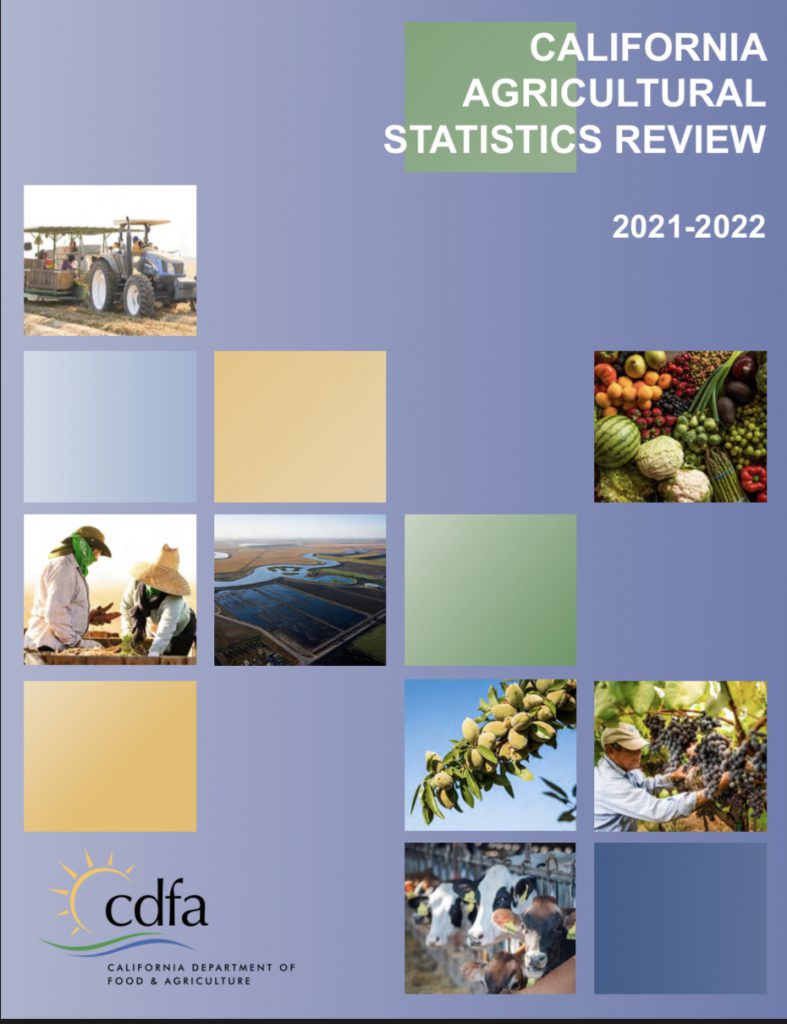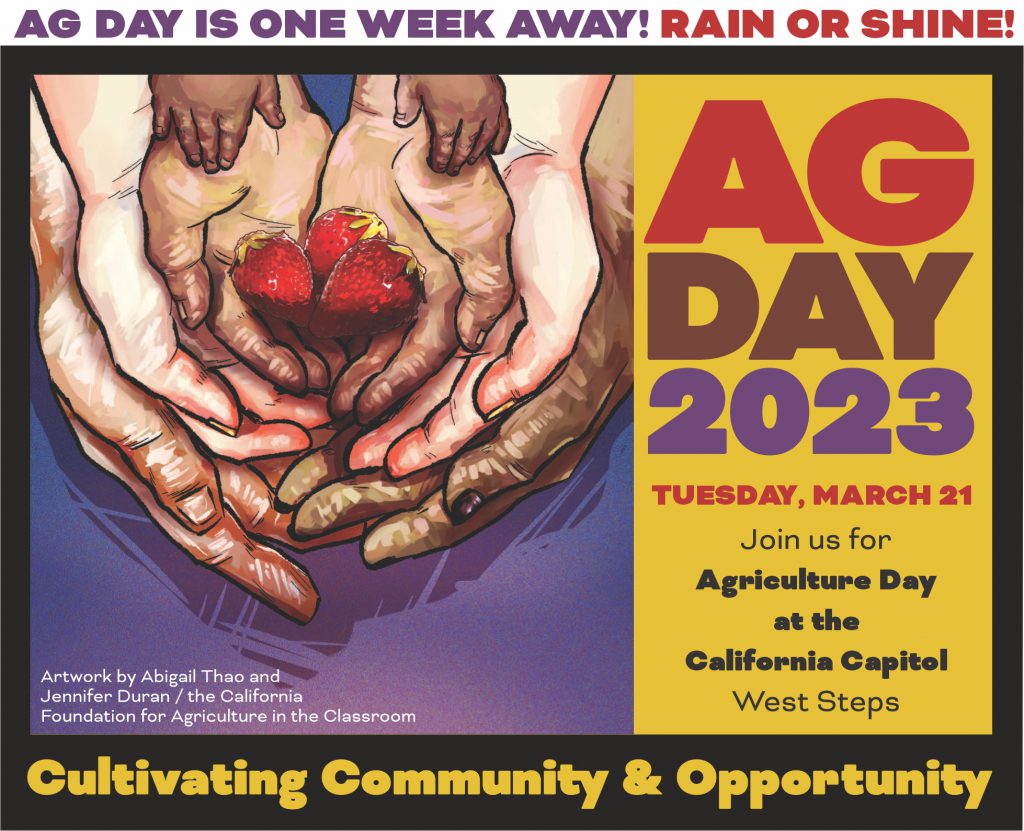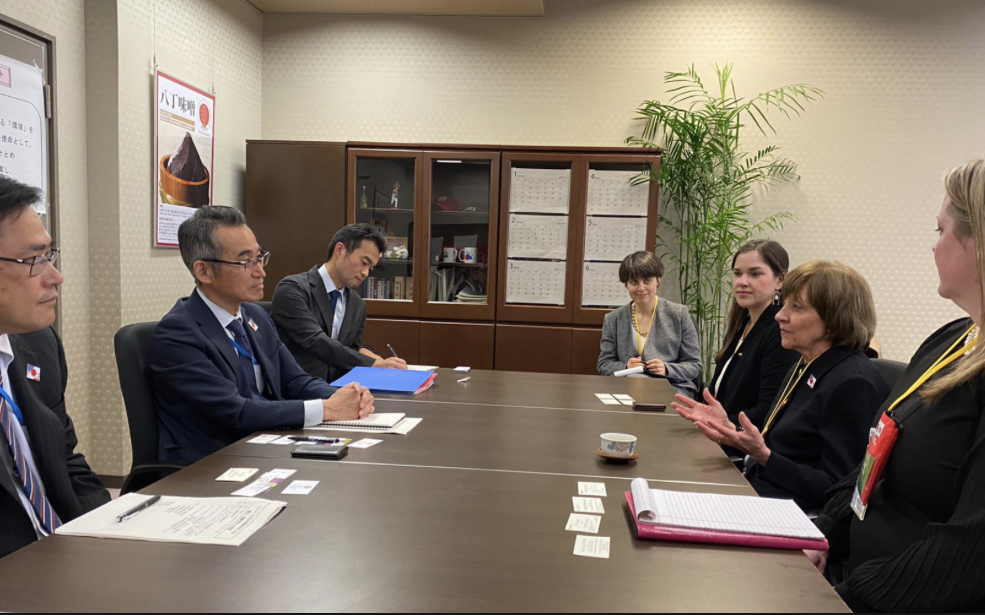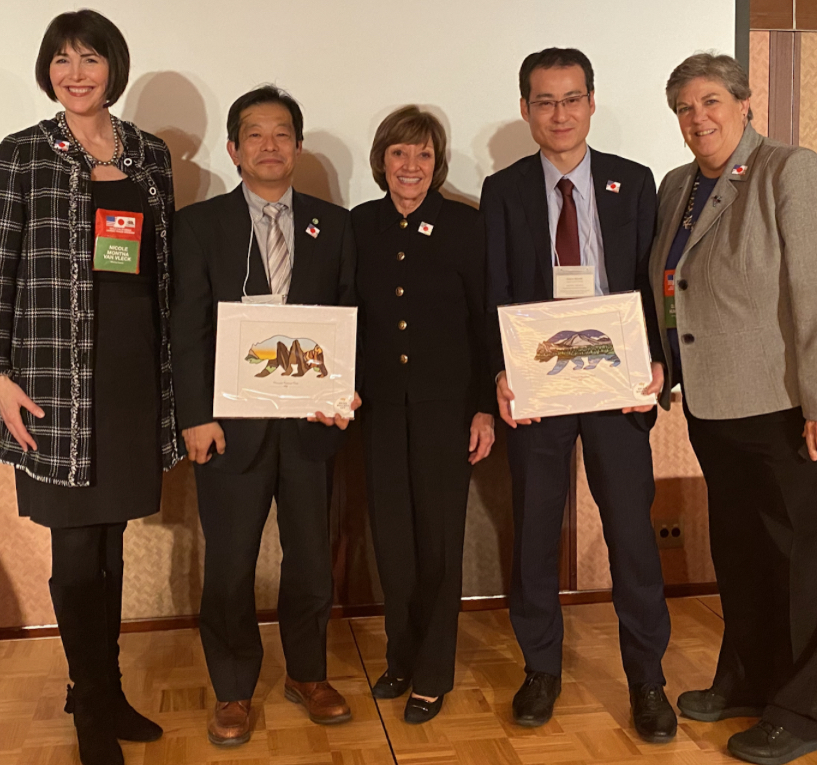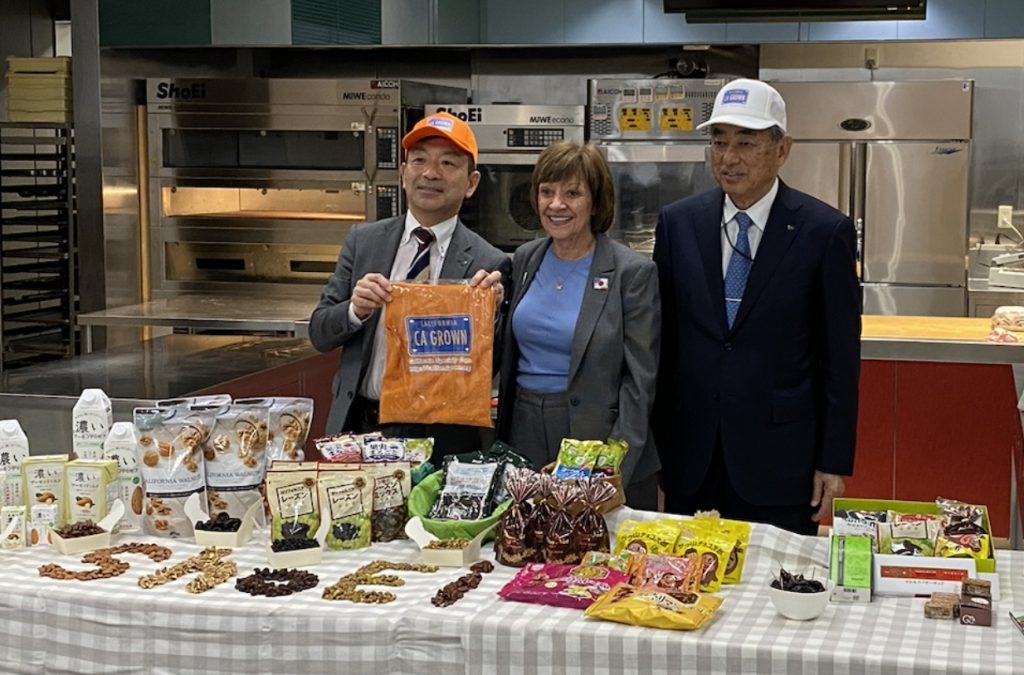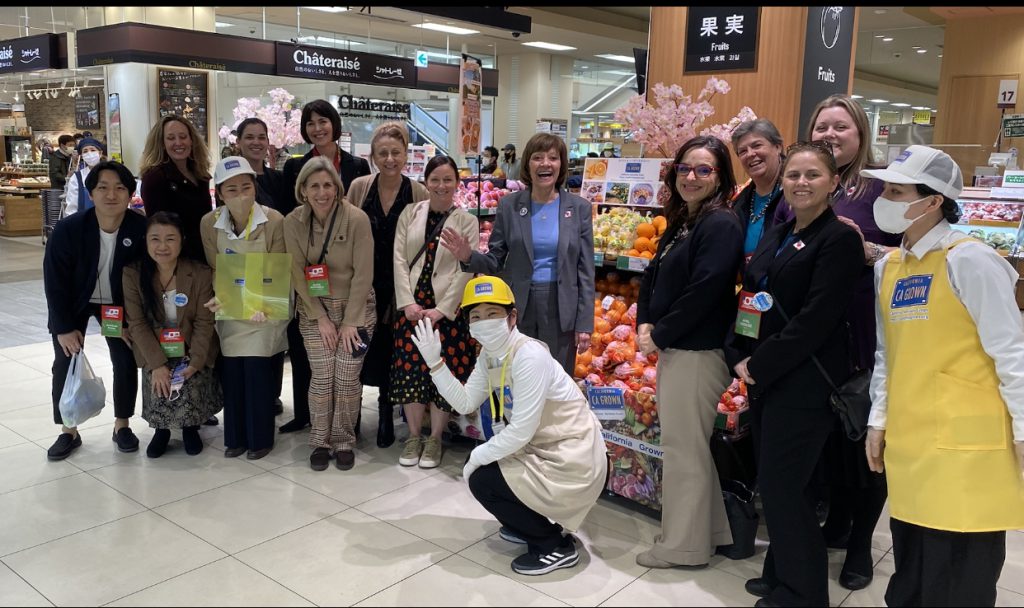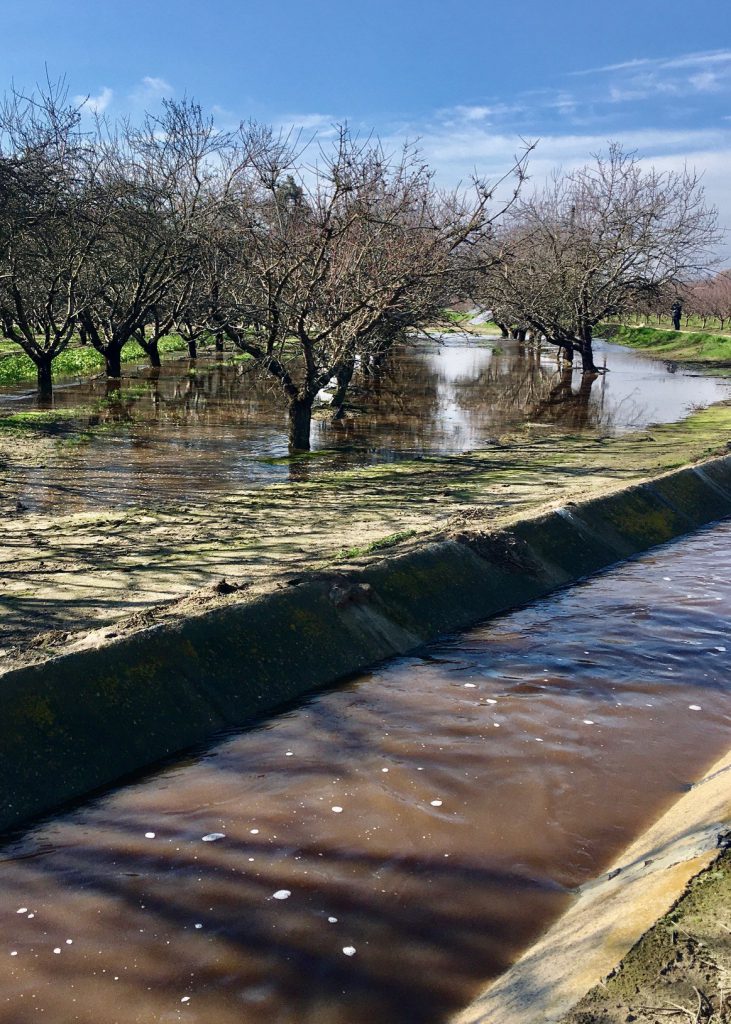News release from Governor’s Office
As California weathers the twelfth atmospheric river since late December, the state’s all-of-government emergency response (including CDFA) continues to deploy personnel and resources to protect communities and support recovery efforts across the state.
“We’re continuing to mobilize an all-hands-on-deck response to protect Californians during this latest round of devastating storms,” said Governor Gavin Newsom. “With communities from San Diego to Siskiyou County reeling from recent storms, the state is working closely with federal and local partners to provide immediate relief and support the ongoing recovery.”
Since the start of severe winter storms in late February, Governor Newsom has proclaimed a state of emergency in 43 counties. At Governor Newsom’s request, President Biden issued a Presidential Emergency Declaration authorizing federal assistance to support storm response and recovery efforts.
The Administration is working to maximize federal aid to storm-impacted communities as state and county officials conduct preliminary damage assessments and tally totals for financial losses to determine if California meets the criteria for a Major Disaster Declaration from the federal government. Earlier this year, California secured a Major Disaster Declaration in response to severe storms that began in late December.
All-In State Response
California’s emergency response to the widespread storm impacts has involved nearly every part of the state government. Assistance on the ground includes:
Caltrans and CHP
- More than 4,000 crew members mobilized by Caltrans statewide, working 24/7 in shifts to keep roads open and quickly respond to emergencies.
- Caltrans has accelerated repairs on storm-damaged roads in nearly 200 locations statewide and prepositioned equipment at critical locations to prepare for flooding, slides and heavy snow.
- CHP has stepped up patrols statewide and is augmenting local government law enforcement to assist with road closures and evacuations.
CAL FIRE
- 33 crews active statewide (including personnel from CAL FIRE, California National Guard, California Conservation Corps, and California Department of Corrections and Rehabilitation.)
- Five Damage Inspection Teams statewide.
- Two Incident Management Teams deployed to assist Inyo, Mono and Tulare counties.
- Two engines, one helicopter and one mobile communications center.
- CAL FIRE storm response video and photos can be found here.
California National Guard
- 125 Cal Guard soldiers and 48 High-Water Vehicles deployed across seven counties to support flood and rescue operations.
- One Blackhawk and one Pave Hawk helicopter deployed and on standby for search and rescue operations across Northern California.
- One Chinook helicopter deployed in standby support of heavy lift operations related to the Pajaro River levee breach.
- 58 Guardsmen from Task Force Rattlesnake deployed in Tulare, Mono and Placer counties assisting with debris and snow removal.
Cal OES and Emergency Medical Services Authority (EMSA)
- Cal OES has pre-positioned Fire and Rescue Mutual Aid Resources in communities vulnerable to flooding, including:
- 8 Swiftwater Rescue Teams
- 10 local government fire strike teams
- EMSA has pre-positioned ambulance strike teams as well as a California Medical Assistance Team (CAL-MAT) to aid in evacuations and support medical needs in communities impacted by flooding.
Department of Water Resources (DWR)
- 40 deployments of Flood Fight Specialists to rapidly respond to levee breaches and localized flooding.
- 470,000 sandbags and 488,000 square feet of plastic sheeting distributed to local government partners. That’s enough plastic to cover eight and a half football fields.
Department of General Services (DGS)
- DGS is providing 24-hour support procuring goods and services to assist in the response to storms and flooding, including: 95,000 sandbags; heavy machinery; security guard services; accessible and functional needs showers; fuel; firewood, janitorial services; road materials; and additional shelter support services.
- DGS has procured more than 70 pallets of water, various food items, diapers, and 2,400 cans of baby formula for Monterey County.
California Department of Social Services (CDSS)
CDSS is working with local officials to help coordinate food, water, and other supplies such as cots and blankets to ensure that people impacted by the storms have what they need.
- 22 open shelters across 11 counties with approximately 664 people currently sheltered.
- Distributing the state’s Guide to Disaster Assistance Services for Immigrant Californians, regardless of immigration status, within impacted communities. The guide is available in Spanish here.
California Department of Food and Agriculture (CDFA)
- Field staff in Fresno, Tulare, Kings and Stanislaus counties working with dairies to help evaluate animal evacuation needs. CDFA’s CARES program – which coordinates and protects animal safety – stands ready to coordinate resources as needed.
- 11 fairgrounds overseen by CDFA are open for shelter or staging needs.
Labor and Workforce Development Agency (LWDA)
LWDA is coordinating with local partners and nonprofits to identify unmet needs and provide resources to residents in Monterey and Merced counties, including distributing information on disaster assistance for immigrants, facilitating interpreter services for outreach to Indigenous communities, and ongoing efforts to drive resources through community organizations that are mobilizing to provide assistance.
- In Monterey, LWDA is working with California Rural Legal Assistance, Center for Farmworker Families, Centro Binacional para el Desarrollo Indígena Oaxaqueño, and Raíces y Cariño to identify support needed for those impacted in the town of Pajaro.
- In Merced, LWDA is working with Centro Binacional para el Desarrollo Indígena Oaxaqueño and the UC Merced Community and Labor Center to identify support needed for those impacted in the town of Planada.
- Distributing information and resources on storm recovery, unemployment insurance, food distribution and more through the COVID-19 Workplace Outreach Project (CWOP) and Statewide Agriculture and Farmworker Education (SAFE) program.
Department of Toxic Substances Control (DTSC) and State Water Board
- DTSC personnel are on the ground in Monterey County to clean up household hazardous waste resulting from recent flooding.
- DTSC and State Water Board staff are coordinating with local officials in Monterey County and other flood-impacted areas to provide expertise related to wastewater spills and water system impacts.
Staying Safe During the Storms
All Californians have an important role in keeping themselves and their communities safe during ongoing severe weather.
- Visit CalAlerts.org to sign up for local wireless emergency alerts.
- Pack a go-bag with important items for each member of your household, including pets, in case you’re evacuated.
- In the instance that it’s safer to shelter in place, add items to a stay box to prepare for at least 3 days without electricity.
- Please stay off roads and out of mountain areas to allow for first responders to clear roads and get communities back open.
- If told to evacuate, do so immediately



